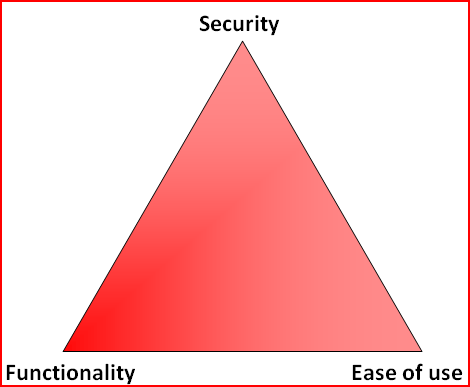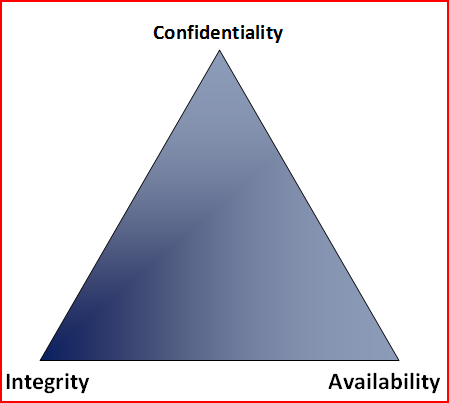I’ve been running Kippo for nearly two weeks now (decided to live dangerously and go with SVN version) and have seen some interesting results.
Top 10 most common passwords attempted:
- a (651)
- 123456 (495)
- password (331)
- 12345 (302)
- 123 (224)
- 1234 (169)
- 1 (139)
- 12 (123)
- root (105)
- test (46)
Select count(password), password
from auth
where password <> ”
group by password
order by count(password) desc
limit 10;
Top 10 most common username attempted:
- root (8510)
- admin (144)
- test (127)
- oracle (96)
- nagios (49)
- mysql (47)
- guest (43)
- info (42)
- user (41)
- postgres (40)
select count(username), username
from auth
where username <>”
group by username
order by count(username)
desc limit 10;
Success ratio:
17065 attempts, 48 successful connections. (n.b. results skewed as account has purposefully poor choice of password)
select count(success),success
from auth
group by success
order by success;
Number of connections per unique IP:
- 202.99.89.69 (5212)
- 200.61.189.164 (1752)
- 78.37.83.203 (1043)
- 218.108.235.86 (848)
- 195.14.50.8 (628)
- 218.80.200.138 (271)
- 58.222.200.226 (238)
- 58.18.172.206 (158)
- 119.188.7.174 (128)
- 119.42.148.10 (113)
select count(ip), ip
from sessions
group by ip
order by count(ip) desc;
Number of attempts were relatively low IP address, in total 194 different source locations have attempted to access the server, with each typically only making 4 attemtps.
Packages:
Once exploited a number of attackers have proceeded to download various rootkits and utilities (thanks for these). Nothing too interesting yet, standard rootkit functionality, IRC clients and SSH scanners for further compromise. I still need to analyse some of these in more detail, so watch your RSS feeds for more to come.
One malicious user also attempted to create new user accounts on the server, if you have an account called ‘iony’ with a password of ‘ionyszaa’ then you may want to remove it…
If you’ve got a spare machine and public IP address, give Kippo a shot, setup is realitively easy; I’ve seen some interesting malicious user sessions and it turns out that some of those ‘31337 haxxors’ that everyone fears really can’t type.
–Andrew Waite



